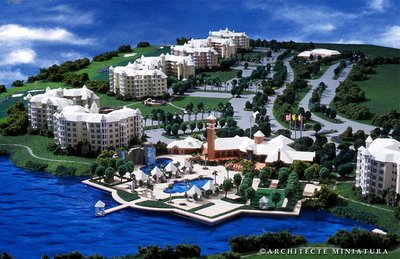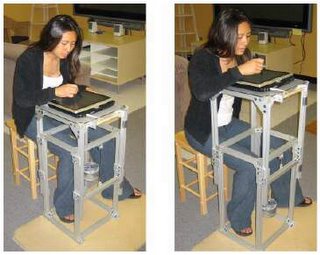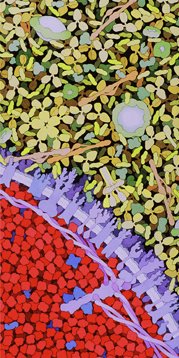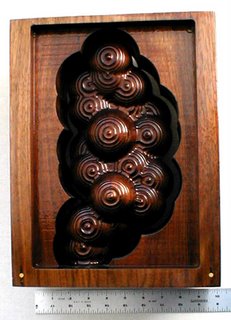Playing God With Ceramics
Researchers, at the Lawrence Berkeley (Calif.) National Laboratory, have used a new approach to create an exceptionally rugged substance that may serve as a scaffold for new bone growth. The method also works well with nonbiological materials, report Sylvain Deville and his colleagues in the Jan. 27 Science. Using it, the team has fabricated novel metal-ceramic composites that benefit from a seashell-like internal architecture.
Mollusks such as abalone and oysters create their iridescent armor, known as nacre, from brittle calcium carbonate microcrystals and pliant proteins arranged like bricks and mortar, respectively. Materials specialists have long envied the composite's resilience, which is superior to that of human-made ceramics.
To create bonelike composites, the researchers employed epoxy as the mortar between plates of hydroxyapatite, which is the predominant ceramic in bone and teeth.
For nonbiological materials, they bound alumina plates with a mortar containing an alloy of aluminum and silicon and, in some cases, titanium.
Mother-of-Pearl on Ice: New ceramics might serve in bones and machines: Science News Online, Jan. 28, 2006






